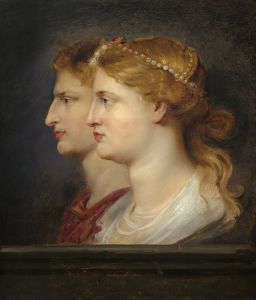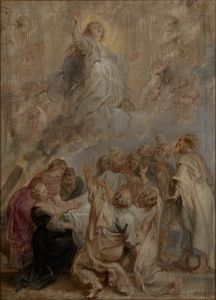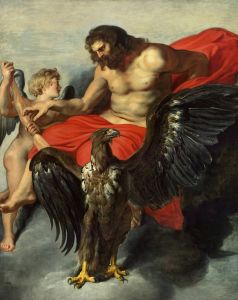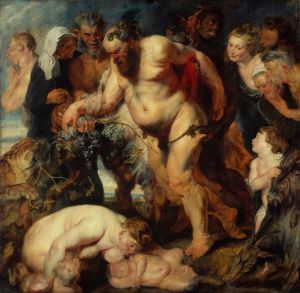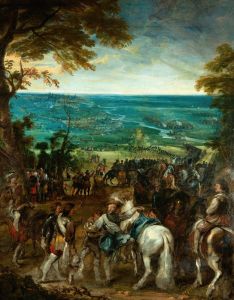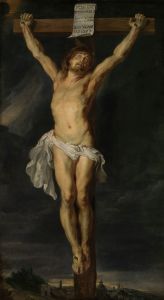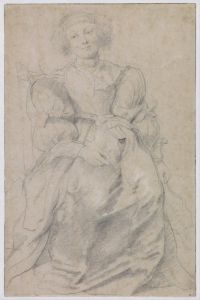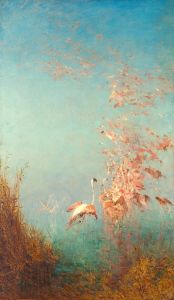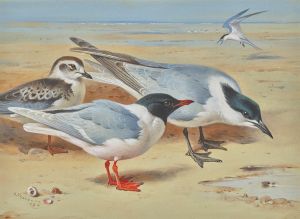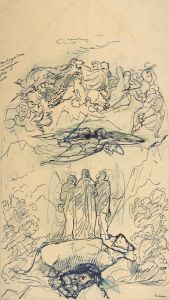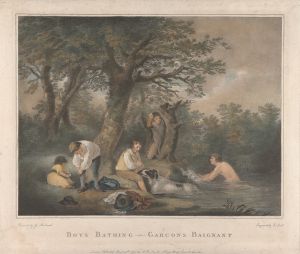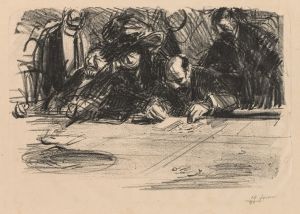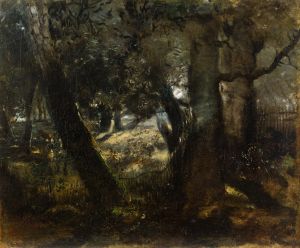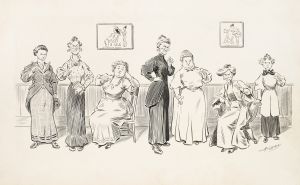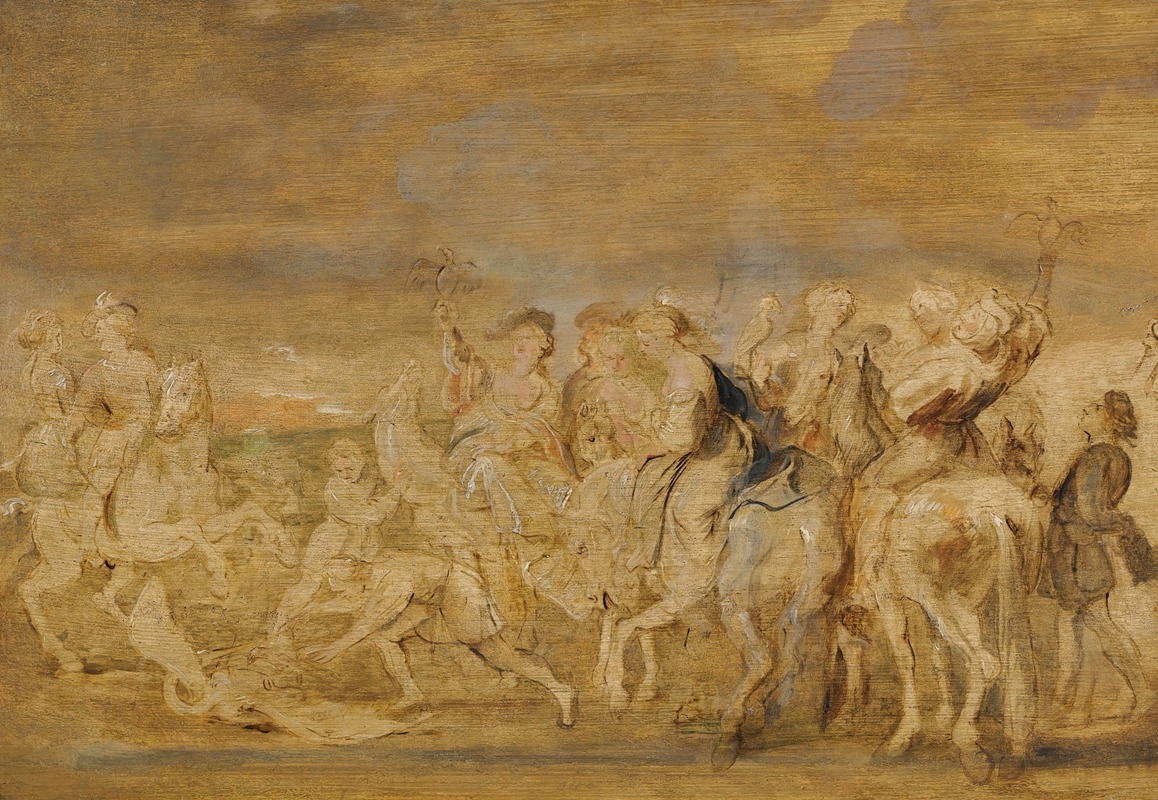
A Hawking Party
A hand-painted replica of Peter Paul Rubens’s masterpiece A Hawking Party, meticulously crafted by professional artists to capture the true essence of the original. Each piece is created with museum-quality canvas and rare mineral pigments, carefully painted by experienced artists with delicate brushstrokes and rich, layered colors to perfectly recreate the texture of the original artwork. Unlike machine-printed reproductions, this hand-painted version brings the painting to life, infused with the artist’s emotions and skill in every stroke. Whether for personal collection or home decoration, it instantly elevates the artistic atmosphere of any space.
"A Hawking Party" is a painting by the renowned Flemish Baroque artist Peter Paul Rubens. Rubens, born in 1577 in Siegen, Westphalia, was a prolific painter known for his vibrant compositions, dynamic figures, and masterful use of color. He became one of the most influential artists of his time, with a style that synthesized the traditions of the Italian Renaissance with the realism and detail characteristic of Northern European art.
The painting "A Hawking Party" captures a scene of leisure and sport among the aristocracy, a common theme in Rubens' work, reflecting the social customs and interests of the 17th-century European elite. Hawking, or falconry, was a popular pastime among the nobility, symbolizing both status and a connection to nature. Rubens' depiction of such a scene would have resonated with his patrons, who were often members of the upper classes and familiar with the sport.
In this work, Rubens demonstrates his skill in portraying movement and the interaction between figures and their environment. The composition likely includes elegantly dressed figures, possibly on horseback, engaged in the act of falconry. The figures are typically rendered with Rubens' characteristic attention to anatomy and expression, conveying a sense of vitality and immediacy. The landscape setting, a hallmark of Rubens' ability to integrate figures harmoniously with their surroundings, would provide a lush, dynamic backdrop, enhancing the sense of action and the natural beauty of the scene.
Rubens' use of color and light in "A Hawking Party" would be expected to reflect his mastery of these elements, with rich, warm tones and a lively interplay of light and shadow that bring the scene to life. His ability to capture the textures of clothing, the sheen of feathers, and the play of light across the landscape would contribute to the painting's overall effect, drawing the viewer into the world of the 17th-century nobility.
While specific details about the painting's provenance or current location may not be readily available, Rubens' works are held in high esteem and can be found in major museums and collections around the world. His paintings continue to be studied for their artistic innovation and their reflection of the cultural and social contexts of his time.
Rubens' influence extended beyond his own works, as he ran a large workshop in Antwerp where he trained many students and assistants, spreading his style and techniques across Europe. "A Hawking Party," like many of his paintings, would have served not only as a work of art but also as a testament to the cultural practices and aesthetic values of the Baroque period.





